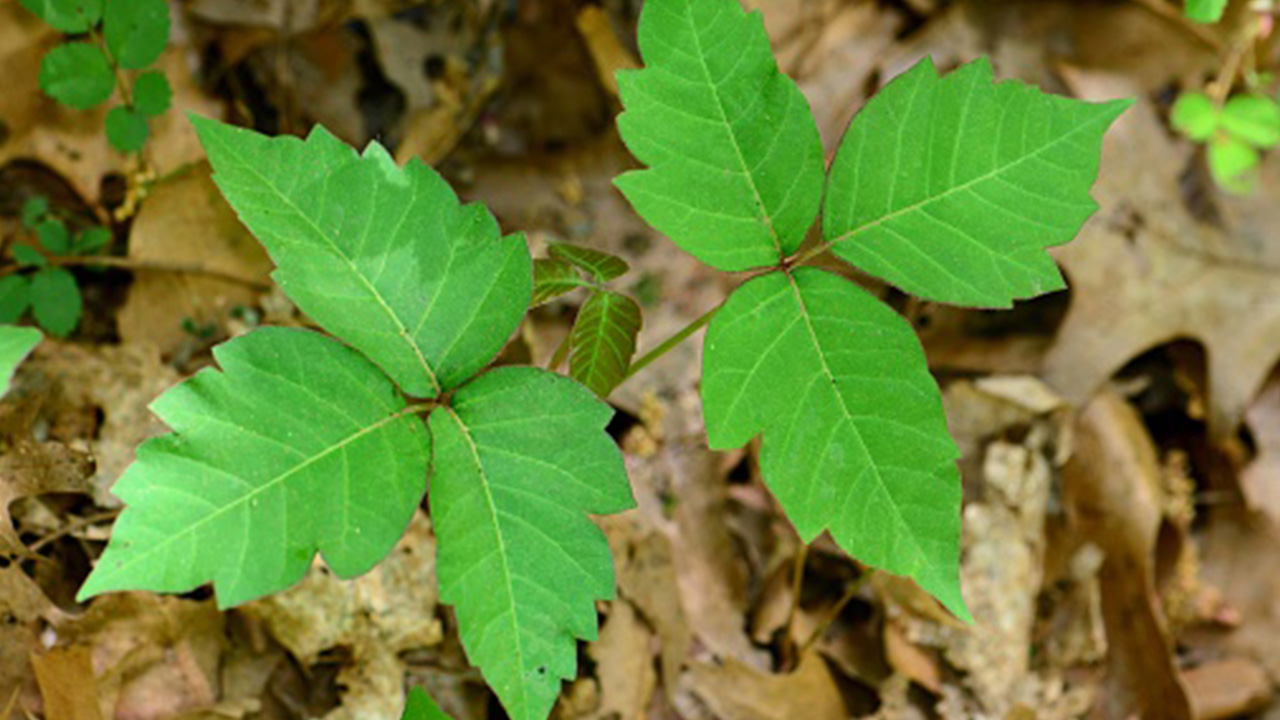Summer is a beautiful time to spend time outside with your friends and family, enjoying everything that your yard and the outdoors have to offer. However, there are certain plants and pests that can derail your plans for enjoying nature in a hurry. One of these is Poison Ivy. Poison Ivy can be a huge threat to your loved ones and pets, having the capability to give them rashes and much worse. However, it can be dealt with in a responsible way to keep it under control and your family safe.
Toxicodendron radicans, commonly known as Poison Ivy, is a plant native to New York and much of the Eastern United States. Besides its harmful effects, Poison Ivy can be a particular nuisance because of how difficult it is to spot. Many other plants share similar leaf structures and general appearance, sometimes making it hard to tell them apart. Poison Ivy leaves always have three leaflets, with the central one being the largest with a distinct stem. The two lower leaflets are smaller, often asymmetrical, and attach directly to the leaf stem. Leaves are usually somewhat glossy especially in sun, but not always. Leaves also may have smooth margins or a few large teeth (edge looks notched) and may appear a bit reddish.
The danger of poison ivy comes from the oils that are found on its leaves. This oil, scientifically known as urushoil, inflames the skin and causes blisters and rashes on bare skin. Because these symptoms are spread via oil, it is extremely easy to unintentionally spread the Poison Ivy rash to other areas of your body. In addition, something as light as a summer breeze can pick the oil up and deposit it on your skin. This makes Poison Ivy a potent threat to your family’s well-being.
While Poison Ivy may seem scary, the good news is it is easy to take care of! Poison Ivy can easily and naturally be eliminated from your yard! For more information, click here. Stay careful around the plant even after its dead though! The harmful oils generated by the plant can stick around on the leaves even after is dead.

